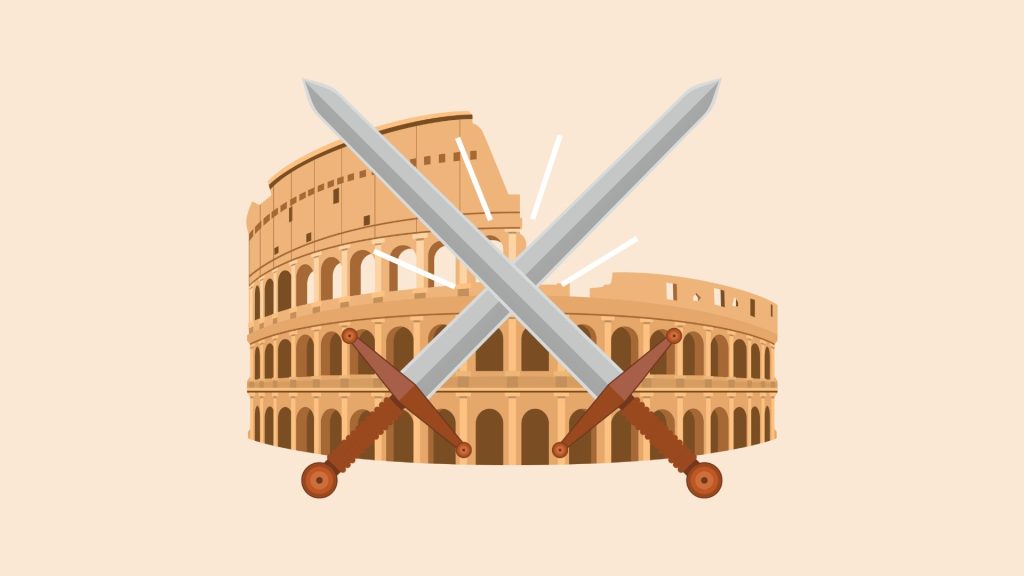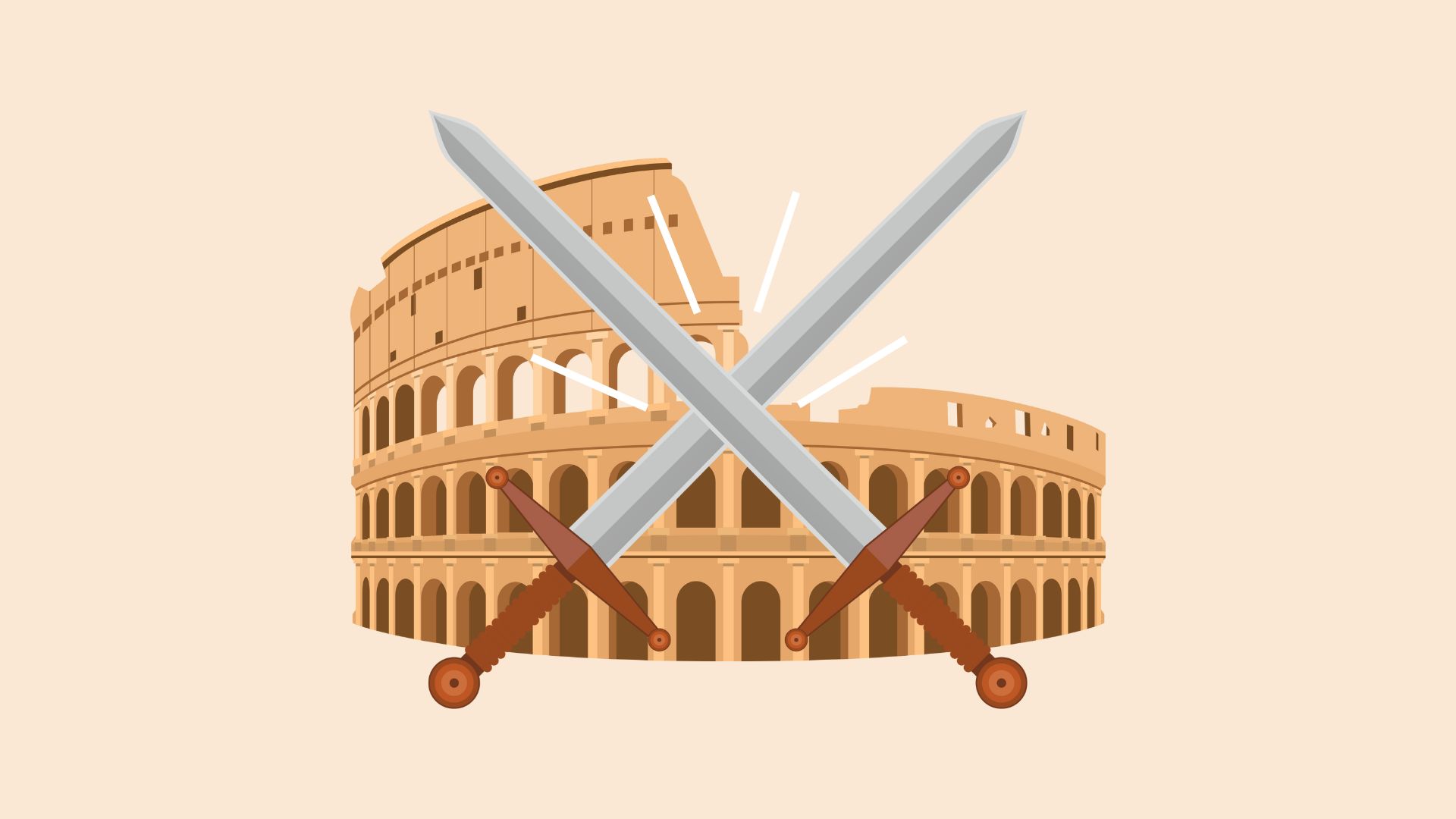
Note: Minor spoilers for “Gladiator II” ahead.
Off the coast of the kingdom of Numidia, ships of the Roman navy begin to fill the horizon. The Numidians prepare their defenses and use catapults to strike the Roman ships with incendiaries, barely putting a dent in the unrelenting onslaught that approaches them. The Roman General Acacius, portrayed by Pedro Pascal, departs from his warship and faces off with the Numidian soldiers led by Hanno (Lucius), portrayed by Paul Mescal
Mescal delivers a confident, heroic performance as Lucius. He urges the Numidian resistance to remain steadfast in their fight against the Romans and tells them, “We have nothing to fear. Where death is we are not. But we are. Death is not.”
In the aftermath of the battle, as Roman soldiers cremate the bodies of the fallen Numidians, Acacius gazes downward. Pascal captures the general’s stoic yet somber tone as he quietly says, “Vae Victis. Woe to the conquered.”
24 years after the release of the original “Gladiator,” director Ridley Scott returns to the arena with “Gladiator II.” The much-awaited sequel follows the story of Lucius as he challenges the Roman establishment and fights for survival in the Colosseum.
The film’s opening titles inform viewers that 16 years have passed since the death of the Roman emperor and philosopher, Macus Aurelius. Since then, his “dream of Rome,” later described as a Rome that is representative of its people, has been forgotten.
Scott introduces us to the politics of a Rome in decline, where Senators have been relegated to figureheads, and characters like Denzel Washington’s Macrinus are able to skillfully manipulate Roman leadership at the highest levels.
The twin emperors, Geta and Caracalla, portrayed by Joseph Quinn and Fred Hechinger respectively, are comically incompetent and self-absorbed. Their tyrannical rule and luxurious lifestyles feel exaggerated to the point that they come across as more ridiculous than truly threatening.
Ancient politics aside, the scenes in the arena are thoroughly entertaining. The naval battle in the Colosseum makes for a surprising visual spectacle. Though it seems incredibly unrealistic, the scene is apparently based on real Roman reenactments of naval battles called “naumachia.” Still, the addition of CGI sharks to attack the gladiators as they fall from their ships is both unnecessary and visually unconvincing.
More on unrealistic CGI, when Lucius faces off against the baboons in the arena, the animated primates appear jarring against the mostly practical surroundings. Ethically, using CGI is the only way to accomplish such a scene, but for a film released in 2024, the baboons’ appearance seems either unfinished or rushed. Even so, a few awkward visual effects do not detract from the film’s strengths as a suspenseful epic that honors the story of the original “Gladiator” while providing audiences with something new.
Comparing “Gladiator II” to its predecessor feels almost unfair. Can a sequel really live up to nearly two and a half decades of anticipation?
Likewise, comparing Russell Crowe’s iconic performance as Maximus to Mescal’s performance as Lucius misses the point. In the role of Lucius, Mescal is tasked with paying tribute to Crowe’s character as he carries on the “Gladiator” legacy, not with outdoing the original hero.
Immersing audiences yet again in his vision of ancient Rome, Ridley Scott proves that there is still a place for historical epics in modern cinema. Despite its flaws, “Gladiator II” succeeds in providing an enjoyable and compelling continuation of the “Gladiator” story.











Comments are closed.